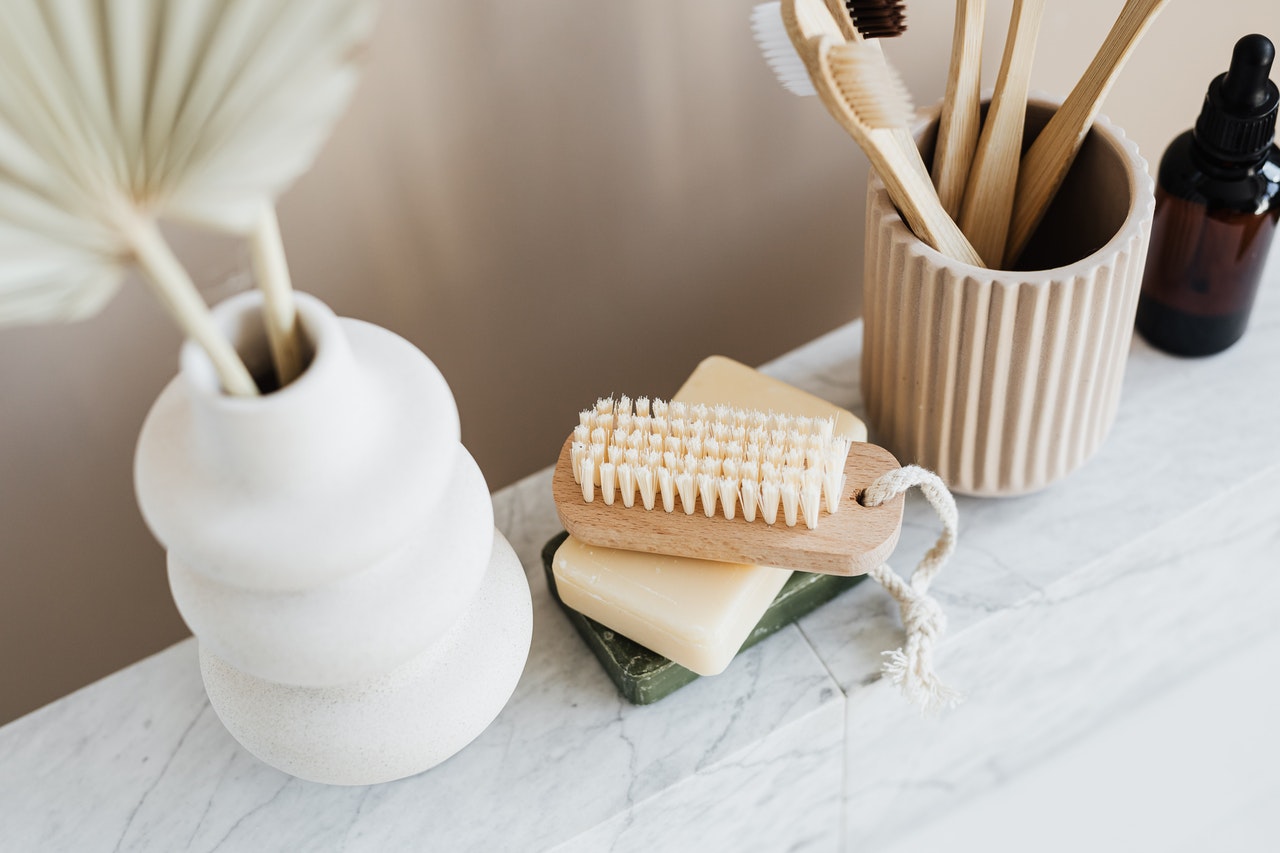If one of your goals for 2021 is to reduce personal waste, then it’s not too late to get started. Different people have access to different resources both geographically and financially, and it can be easy to compare your efforts to someone else’s– but the fact of the matter is that any effort is a good effort, and many of the steps one can take to act more eco-conscious in their daily lives aren’t as daunting as they appear.
Start with the kitchen.
There are two places we use the most disposable items: the bathroom and the kitchen. In the case of the latter, you may already be thinking eco-friendly whether you’re aware of it or not. Reusable plates and cutlery are a fairly obvious way to reduce kitchen waste, but when it comes to items like our napkins and straws, we’re not always as keen to make the switch. Silicone or metal straws won’t just save you money, though– they’re easy to clean with a small brush (which typically comes with sets of these straws) and you’ll never run out of supply. When it comes to napkins, saving the extras you get with your takeout or opting to buy recycled napkins is already a great step; but the most drastic money-saving (and waste-reducing) choice comes in the form of reusable napkins. Plus, cloth napkins may or may not make your apartment seem a little closer to a fancy restaurant than average.
Replace plastic bottles with sustainable packaging (or none.)
This can be as small as buying bar soap instead of liquid soap, or buying eco-friendly refill packs. There’s even shampoo and conditioner that comes in bar form, sold with little or no plastic packaging. You can also buy detergent stored in a recycled container, such as those in rigid cardboard bottles, or detergent sheets that disintegrate into liquid when immersed in water. Some brands have also begun selling water in boxes or cans as opposed to plastic bottles, making them either recyclable, more biodegradable, or both.
Buy second-hand.
Thrifting is for more than just clothes. Kitchenware, light fixtures, furniture, photo frames– we’re all aware that anything we can think of can be found used, but actually putting that knowledge to practice is sometimes easier said than done. Taking a look around flea markets, antique stores, and garage sales can be as simple as stopping by when you happen upon them, however. Regardless of the product, if you’re buying used, it’s more sustainable than the vast majority of new counterparts.
Check your appliances.
Even when something is turned off, if it’s plugged in– it’s still capable of using electricity. If you’re only using your toaster once in the morning, it might be worth the extra few seconds of work to keep it unplugged for the rest of the day. Taking a look at lamps to make sure they’re using CFL or LED bulbs as opposed to incandescent ones will also make a difference, and not just in your electricity bill. Thinking of electricity use much in the same way we think of running water while brushing our teeth or leaving the refrigerator open can help to visualize all the small efforts worth making.


